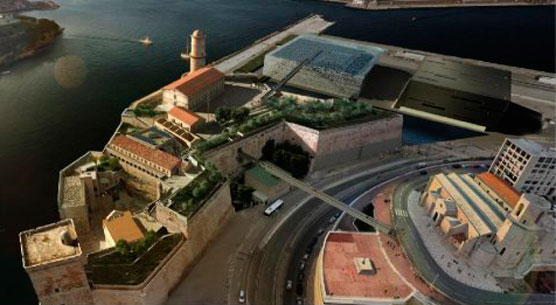About us
The goal of Cultural Heritage Connections is to facilitate a knowledge community on Mutual Cultural Heritage. We offer Dutch and foreign partners access to knowledge and expertise concerning international heritage projects.Find
Cultural Heritage Connections brings together experts, projects, and organisations in the field of international heritage cooperation. The emphasis is on mutual cultural heritage: heritage that is shared between two or more countries. It is a platform for information exchange and a documentation centre for projects. The platform offers Dutch and foreign partners access to knowledge and expertise concerning international heritage projects.
Share
The platform is set up in close collaboration with experts and organisations, related to the mutual cultural heritage field, through CIE Heritage Days that are organised per country. On these days, professionals, with various expertise within the field of cultural heritage, come together to share their ideas and experiences on international heritage cooperation. Their input is available here, at Cultural Heritage Connections.
Cultural Heritage Connections is a growing entity that should be kept up-to-date. That is why we need your help! After all, who are more suitable than the people who are committed to the promotion of international cooperation for the safeguarding of mutual heritage?
The online platform can be consulted from anywhere in the world, by every involved heritage expert. A platform made by the people who work in the field of heritage, and made for the people who work in the same area, will, consequently, grow as a dynamic, multilateral and devoted community.
Connect
Join us at www.culturalheritageconnections.org and at Linkedin
The platform Cultural Heritage Connections.org is managed by the Supporting Institute for International Cultural Policy SICA as part of their Mutual Cultural Heritage Programme. This platform is the result of a multi year project executed by the Centre for International Heritage Activities and is financially supported by the Ministry of Foreign Affairs of the Netherlands and the Ministry of Education, Culture and Science of the Netherlands through their HGIS Fund.
For further information about the Cultural Heritage Connections website, please contact: gce@sica.nl







